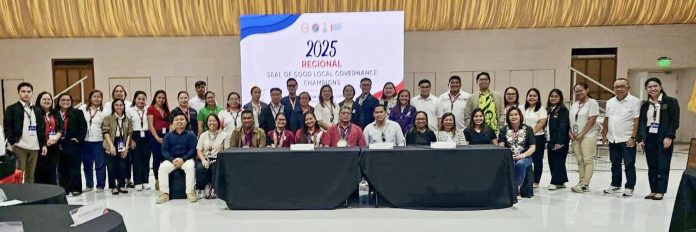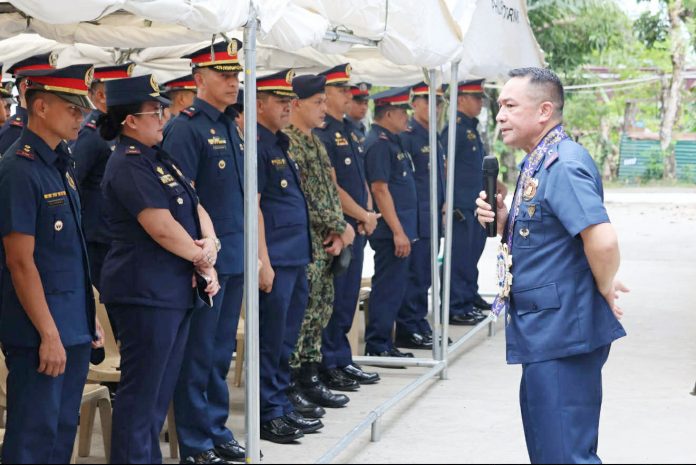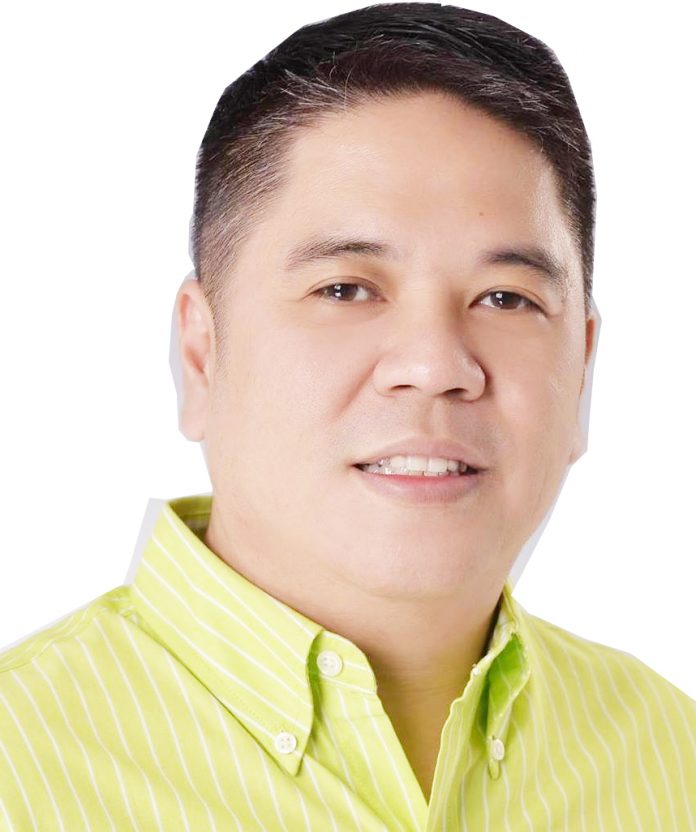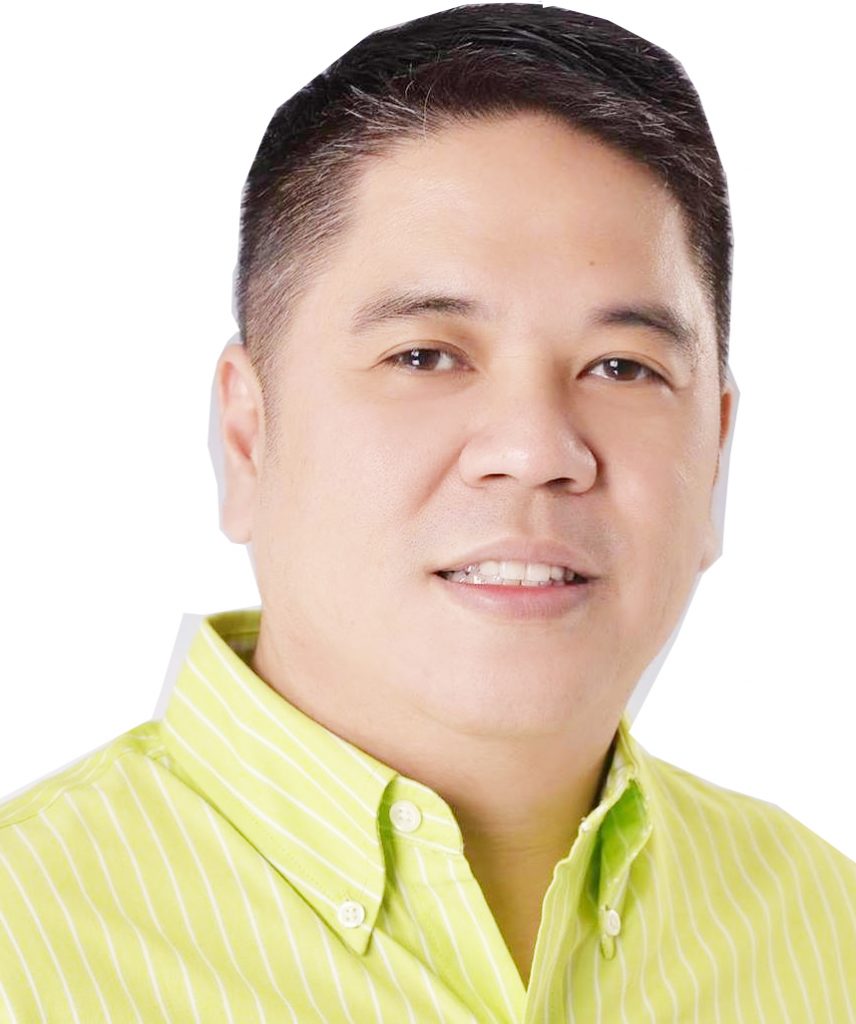BORONGAN CITY – The Department of Public Works and Highways (DPWH) Eastern Samar District Engineering Office (ESDEO) has welcomed its new leadership team with the assumption of District Engineer Engr. Jehela G. Roxas and OIC-Assistant District Engineer Engr. Esteban P. Casillano on September 4, 2025.
DE Roxas, a native of Lipa City, Batangas, brings with her a remarkable career journey marked by perseverance, hard work, and steady professional growth. She began her service at DPWH Batangas 4th District Engineering Office as a Job Order Laborer I in January 2011. Within the same year, she transitioned to Engineer I under a Job Order contract. Her dedication and competence soon earned her a permanent appointment as Engineer II in September 2012.
Her career advanced further when she became Engineer III in August 2016, a position she held until February 2021. On February 4, 2021, she took on a leadership role as OIC-Assistant District Engineer of Batangas 4th DEO and later became a full-fledged ADE in March 2022. By November 2022, she was designated as OIC-District Engineer, and in August 2023, she officially assumed the position of full-fledged District Engineer until her reassignment to Eastern Samar on August 29, 2025.
“It is both an honor and a responsibility to serve the people of Eastern Samar. My journey in DPWH taught me that hard work and teamwork build not only infrastructure but also stronger communities. I am grateful for this opportunity to serve Eastern Samar and I will do my best to bring progress, integrity, and compassion into our work,” said DE Roxas.
Meanwhile, Engr. Esteban P. Casillano, from Borongan City, now serves as OIC-Assistant District Engineer, has been part of DPWH for over two decades. He began his career on March 8, 2004 as a casual employee and, by December 16 of the same year, he was appointed as permanent Engineer II. Promoted to Engineer III on July 1, 2009, he went on to serve as Chief of the Materials and Quality Control Section later renamed Quality Assurance Section, until July 1, 2019. From July 2, 2019 until August 29, 2025, he held the position of Chief of the Maintenance Section before his new designation as OIC-ADE.
“For more than 20 years, I have devoted myself to the mission of DPWH. I am grateful for the trust given to me, and I will do my part to ensure our office remains true to its mandate of providing quality, safe, and reliable infrastructure.”
Despite assuming their new assignments, both DE Roxas and OIC-ADE Casillano have already submitted their qualified courtesy resignations in compliance with the directive of newly designated DPWH Secretary Vince Dizon as part of the anti-corruption drive.
With their combined expertise, DPWH Eastern Samar DEO is confident that its new leaders will continue to strengthen the office’s commitment to quality public service, transparent governance, and infrastructure that builds connections and resilience for the people of Eastern Samar.
Moreover, following the retirement of DE Domcelio M. Natividad, the district was temporarily overseen for more than two weeks by Assistant Regional Director Ma. Margarita C. Junia, D.M., who served as OIC-DE until Engr. Roxas formally assumed office as District Engineer. Meanwhile, OIC-ADE Casillano succeeds Engr. Chito Nelson O. Eusores, the former ADE of Eastern Samar, who is now designated as OIC-DE of Tacloban City District Engineering Office.
(MAY ANTONIETTE O. NABLO, PIO STAFF/PR)








